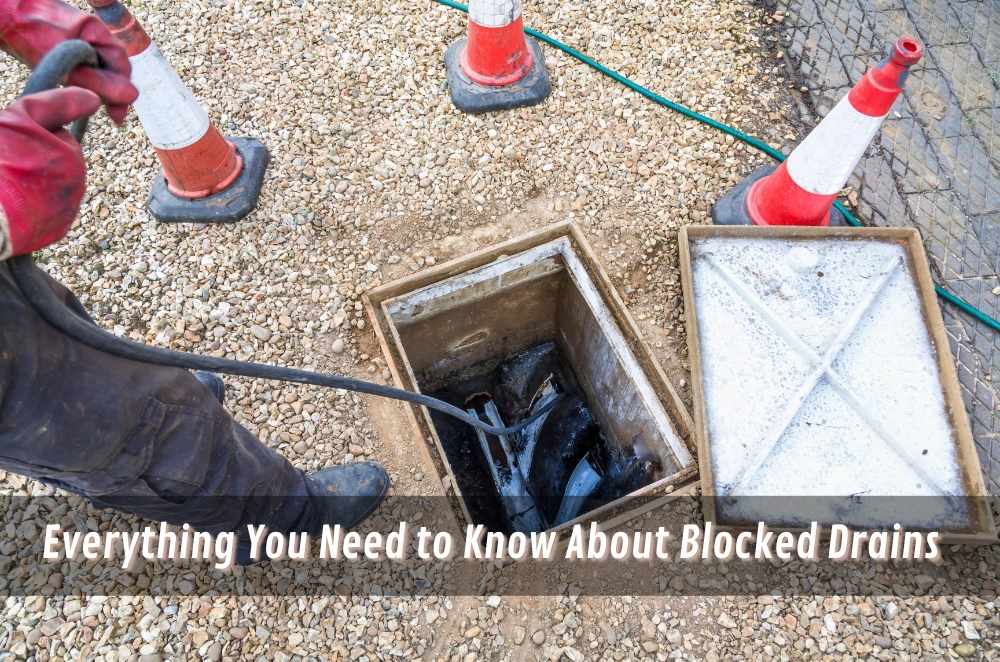
There’s nothing quite as disruptive as a hot water system failure. Whether it’s freezing showers, inconsistent temperatures, or mysterious leaks, I’ve seen firsthand how these problems affect Australian households. The good news? Timely hot water system repair can often restore your system quickly, saving you money and hassle.
In this guide, I’ll share what homeowners should know about hot water tank repair: common faults, when to call a professional, how to choose the right service, and how to extend your system’s life for years to come.
Understanding your hot water system
Knowing what type of system you have helps you identify issues faster. In Australia, these are the most common:
Electric storage tanks
Gas storage tanks
Continuous flow (instantaneous) systems
Solar hot water units
Heat pump hot water systems
Each has unique components and typical failure points. I once worked with a Sydney homeowner who assumed they needed a full tank replacement, but after a quick check, we found a faulty thermostat was to blame. They saved thousands with a simple repair.
Common problems that require repair
No hot water? That’s an obvious sign. But many issues develop slowly. Here’s what I see most often:
Water running cold or too quickly: heating element or thermostat problems
Temperature fluctuations: faulty tempering valve
Leaks: corroded tank or failing fittings
Discoloured water: internal rust
Noisy operation: sediment buildup inside the tank
Left unchecked, these can worsen — small leaks can cause flooding, and sediment can damage heating elements. I’ve seen minor fixes become major costs when homeowners delay repairs.
The importance of energy efficiency
Modern hot water systems are far more efficient than older models, and even repairs can improve performance.
That’s why I always check compliance with energy efficiency standards in Australia during a repair visit. Bringing older systems in line with today’s standards can lower energy bills, reduce environmental impact, and improve safety.
I recently helped a client whose electric storage tank had been operating inefficiently for years — one simple repair and a thermostat recalibration reduced their power usage significantly.
Signs it’s time to call a professional
Watch for these red flags:
Water runs out too fast
Temperature fluctuates during showers
Visible leaks or rust
Strange banging or gurgling sounds
Unexpected spikes in energy bills
I helped a Brisbane family recently who’d been ignoring higher power bills — turned out their heating element was constantly running. A quick repair solved the issue and cut costs immediately.
What happens during a repair visit
When you book a reputable hot water tank repair service, here’s what typically happens:
1️⃣ Initial inspection: visual checks and testing
2️⃣ Diagnosis: pinpointing faulty parts
3️⃣ Quote: clear pricing before work begins
4️⃣ Repair: often completed in one visit
5️⃣ Testing and safety checks: ensuring optimal operation
A good plumber will also provide maintenance advice, which I always encourage my clients to follow for better system longevity.
How to choose the right repair service
Here’s what to look for when choosing a plumber:
✅ Proper licensing and insurance
✅ Experience with your system type
✅ Transparent pricing and communication
✅ Positive local reviews
✅ Availability for emergency repairs
Also, check if they’re experienced with common plumbing problems — the best repair services can spot and resolve related issues before they cause further damage.
Repair or replace? How to decide
Sometimes, a repair is not the best option. Consider replacement if:
Your system is 8–10+ years old
You’ve needed multiple repairs recently
The tank shows signs of corrosion
A newer system would offer major energy savings
I recently advised a homeowner in Adelaide to upgrade their 12-year-old gas storage tank to a heat pump system — they’ve since cut their hot water energy use by nearly 60%.
Tips to extend your hot water system’s life
Regular maintenance keeps your system running longer. I always recommend:
Scheduling annual professional inspections
Flushing the tank (if applicable) to remove sediment
Checking and replacing the sacrificial anode
Keeping an eye on water pressure and temperature settings
Fixing small leaks or unusual noises early
For even more practical advice, I often suggest clients read trusted hot water maintenance tips — a little preventative care goes a long way.
How repairs improve household efficiency
Many people don’t realise how much energy a struggling hot water system can waste. Repairs can improve:
Water heating speed
Temperature consistency
Overall energy consumption
Water pressure and flow
One family I worked with in Perth reduced their power bill by $300 a year after a simple thermostat and valve repair, and enjoyed far better hot water performance.
Final checklist: Is your system due for attention?
Do a quick self-assessment:
✅ Hot water running out faster than usual?
✅ Fluctuating temperatures?
✅ Leaks, rust, or discolouration?
✅ Noisy tank or pipes?
✅ Spikes in energy bills?
If you answered “yes” to any of these, it’s time to book a professional service. Early intervention prevents costly repairs or replacements down the track.
Final thoughts
A failing hot water system can cause stress, but prompt, professional hot water system repair restores both comfort and efficiency.
In my experience, the households that stay proactive enjoy:
Reliable, consistent hot water
Lower energy costs
Fewer emergency callouts
Longer system lifespan
Greater peace of mind
If your system is acting up, don’t wait. A trusted hot water tank repair service can diagnose and resolve the issue fast, keeping your showers hot, your bills low, and your home running smoothly.










Write a comment ...